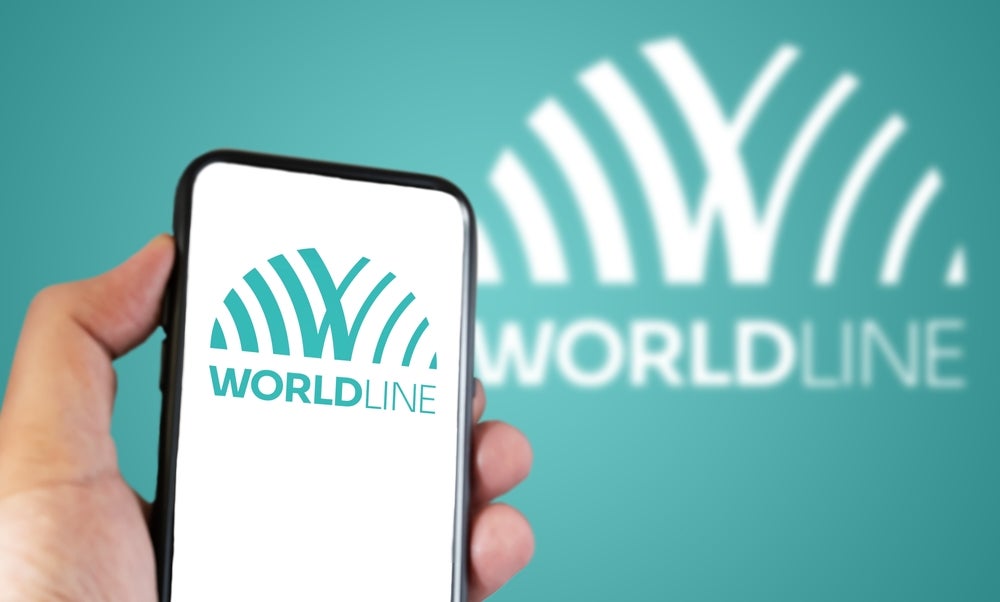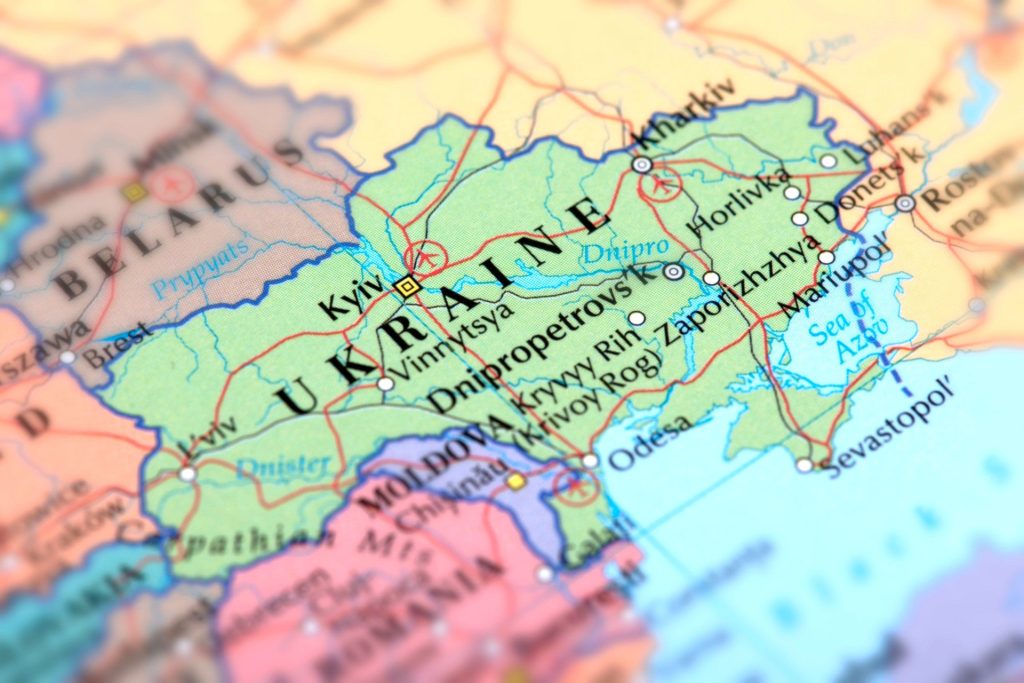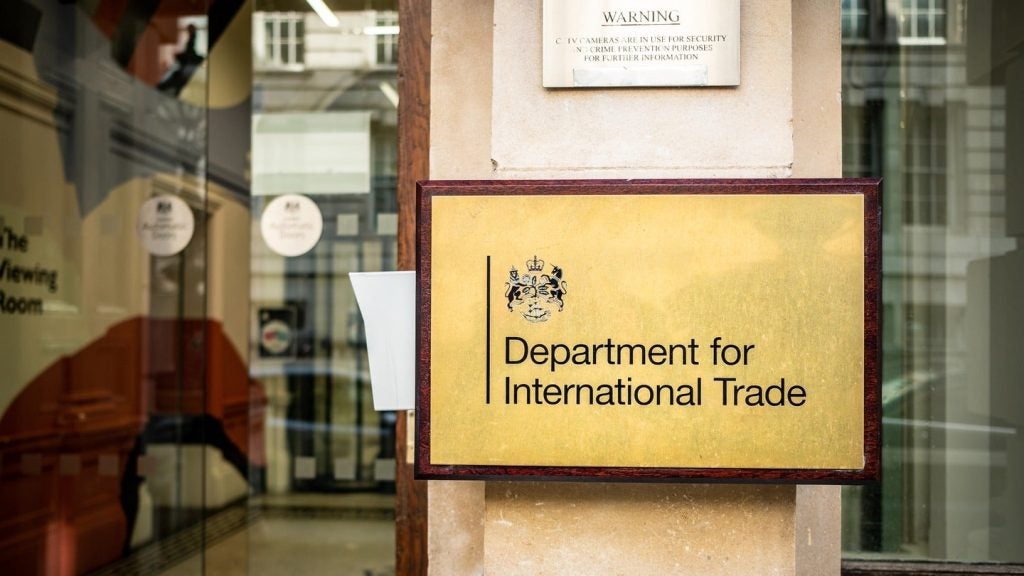Despite the European sovereign debt crisis, the Netherlands card payments channel recorded marginal growth both in terms of volume of cards and transaction value, between 2009-2013. According to the central bank, De Nederlandsche Bank (DNB), post-recession growth potential in the banking sector exists in terms of electronic payments, both from consumers and businesses, reports CI
In terms of the number cards in circulation, the channel posted a review-period CAGR of 0.75%. The growth was primarily driven by charge cards and prepaid cards. The channel is expected to post a CAGR of 2.06% over the forecast period (2014-2018), as the Dutch economy gradually recovers.
The Dutch cards and payments industry presents positive growth potential
The Dutch card payments channel grew moderately both in terms of value and volume during the review period. In terms of the number of cards in circulation, the channel grew from 58.8 M cards in 2009 to 60.6 M in 2013, at a CAGR of 0.75%. Although the charge cards category had the smallest channel share of 0.2% in 2013, it registered the highest review-period CAGR of 7.28%, followed by the prepaid and debit card categories.
In terms of transaction value, the card payments channel grew at a marginal CAGR of 0.87% during the review period from EUR148.4 Bn (US$206.2 Bn) in 2009 to EUR153.6 Bn in 2013. The channel is expected to post a forecast-period CAGR of 1.74%, from EUR154.4 Bn in 2014 to EUR165.4 Bn in 2018.
Growth of m-commerce, e-commerce and outbound travel to drive the card payments channel
How well do you really know your competitors?
Access the most comprehensive Company Profiles on the market, powered by GlobalData. Save hours of research. Gain competitive edge.

Thank you!
Your download email will arrive shortly
Not ready to buy yet? Download a free sample
We are confident about the unique quality of our Company Profiles. However, we want you to make the most beneficial decision for your business, so we offer a free sample that you can download by submitting the below form
By GlobalDataThe number of active internet users in the Netherlands is one of the highest in the eurozone. The growth of m-commerce in the Netherlands is also very strong, with more than half the country’s population owning a smartphone. Banks such as ING Bank, Rabobank and ABN Amro have partnered with various merchants and online retailers to provide secure payment facilities, enabling customers pay online or via mobile phones linked to bank accounts. Similarly, e-commerce recorded a review-period CAGR of 9.53% and is anticipated to post a forecast-period CAGR of 8.02%.
Despite the global financial slowdown, outbound travel expenditure among the retail and corporate segments increased during the review period from EUR14.8 Bn in 2009 to EUR15.9 Bn in 2013 and is anticipated to increase over the forecast period, fuelling the growth of the card payments channel.
Adoption of secure payment technology to drive card-based transactions
To offer more security to card users and enable them to conduct a greater number of on and offline transactions, several banks have taken steps to offer enhanced security features. Despite the initial reluctance to adopt Europay, MasterCard, Visa (EMV) cards, many banks and card issuers are now offering cards with chip-and-PIN technology. To conduct secure online payments, banks have implemented ‘MasterCard SecureCode’ and ‘Verified by Visa’ programs. With the adoption of advanced security features, the growth of card-based payments is projected to rise over the forecast period.
Embracing social media to benefit the cards and payments industry
The use of social media to reach out to target audience is rapidly increasing among Dutch banks. ABN Amro Bank uses the micro-blogging tool Twitter to communicate the latest developments concerning the bank’s products and service offerings are to answer any consumers’ queries. Similarly, the bank also has its own online forum, where customers are invited to share their thoughts and suggest possible improvements. ING Bank and Rabobank are present on social networking sites such as Twitter, Facebook, LinkedIn and YouTube. With the number of banks strengthening their presence in social media to engage with their target audiences, this will have a positive impact on the cards and payments industry.






